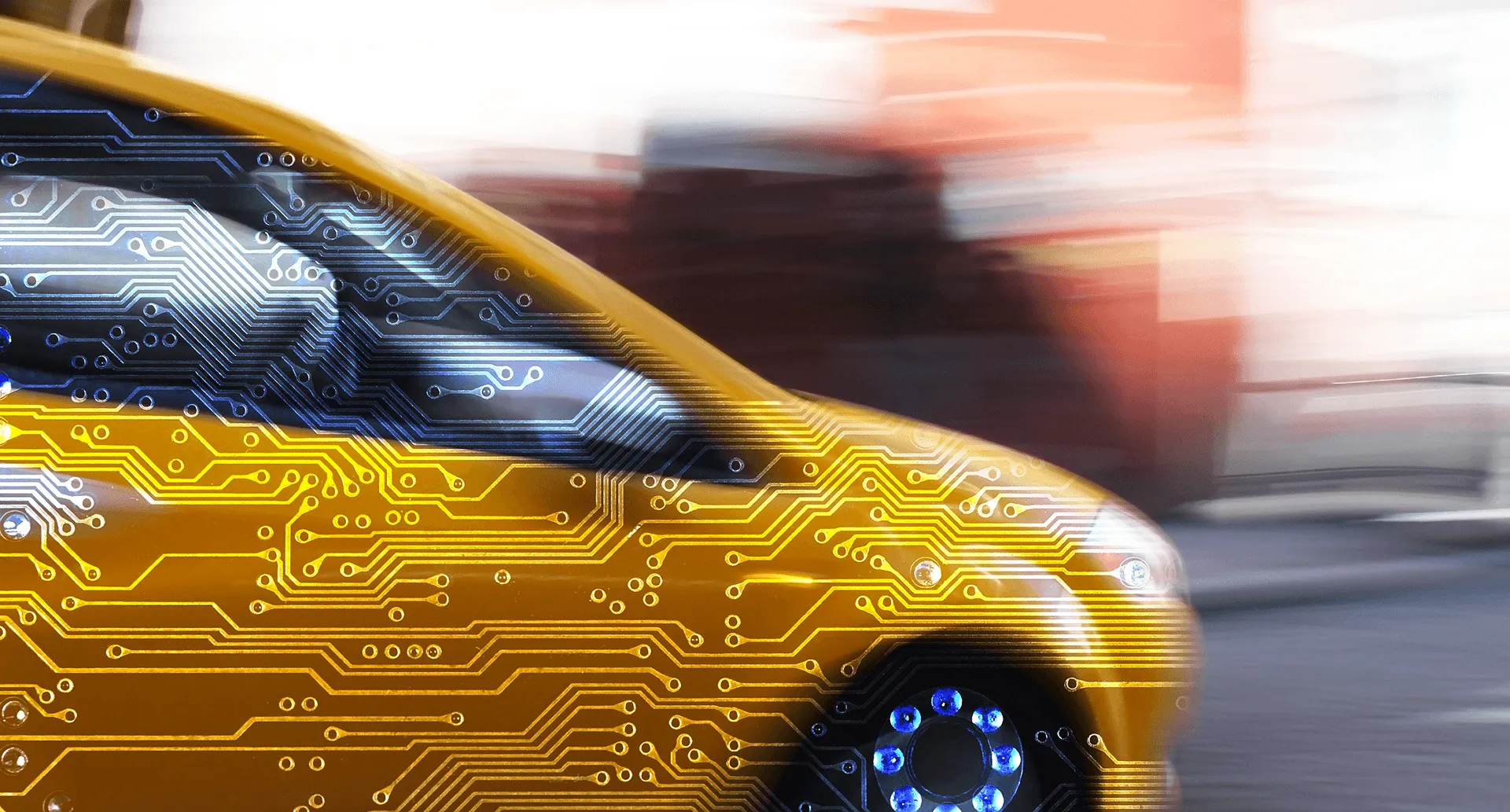Data Analytics for Connected Cars
The topic of analytics as applied to the connected car can lead in many different directions, including discussions of artificial intelligence, machine learning, and autonomous vehicle operations.
In general, there are three different types of analytics that are applied to the data captured:
1. Descriptive Analytics
Descriptive analytics apply to the moment-by-moment driving patterns and road behavior of all individuals who get behind the wheel of a particular vehicle. These patterns can be evaluated, linked to safe or risky behaviors, and combined with other data sources and vehicle information.
2. Predictive Analytics
Predictive analytics assess past patterns and driving behavior to make an informed judgment on the likelihood of various future possibilities. Some examples include where a driver is likely to drive on a given day, or the predicted risk of the driver given past behavior.
3. Prescriptive Analytics
Prescriptive analytics combines intelligence from both descriptive and predictive analytics and issues recommendations, guiding driver behavior to suit the situation based on past experiences. Examples include coaching guidance to specify where an individual should start slowing down to safely navigate a curve on the road or guidance to ensure the vehicle is being well maintained at a convenient location. By understanding a driver’s regular behavior, prescriptive analytics can cause changes in that driver’s behavior to take an action outside of the normal routine (to the benefit of the OEM).
These three types of connected car analytics can be used in complementary ways. For example, imagine that a trouble code appears during a drive. Predictive analytics can recognize that a driver normally travels between two places on a typical route and detects that a driver is on a different course. The driver is headed to a non-OEM dealership repair shop. The prescriptive analytics application can generate a service coupon for a nearby OEM repair facility, and provide directions to the dealership that can fix the problem immediately. In that case, the data can be used to identify the driver or the route they are likely to drive at that time on that day. Contextual data can then be used to persuade the driver to take a different course of action.
The leading edge of today’s advances in connected car technology is all about imaginative uses of all three types of analytics and the integration of many different data sources harvested from IoT implementations that can sharpen and enrich decision making and improve the customer experience.



